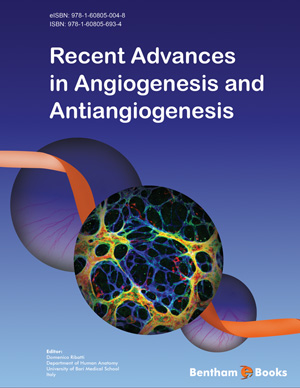Abstract
Thymus plays a key role in the development of the immune system of the organism and vasculature seems to be involved in some steps of its development. Few data are available about vasculogenesis/angiogenesis in the thymus in normal and pathological conditions, despite the architecture of the vascular tree being relatively well known. There are some particular models of expression of endothelial cell (EC) markers in the thymus. In normal conditions, CD31 and CD105 are less expressed, opposite to CD34 and factor VIII that stain almost all vessels. The aspect is different in thymoma, where both CD31 and CD105 stain intratumoral blood vessels. Microvessel density significantly increases from normal thymus to thymic involution, myasthenia gravis and thymoma. In the tumor area, most of the vessels are immature or intermediate, and their number and type correlate with progression of thymoma. Proliferative ECs, defined by the co-expression of CD34 and Ki67, were found in high number mainly in high-grade advanced-stage thymoma. Progenitor ECs were not found in the prenatal and normal postnatal thymus, but isolated ECs that co-express AC133 and Tie2 were found in high grade thymoma. Besides ECs and perivascular cells, mast cells seem to be involved in thymus angiogenesis. A strong correlation was found between mast cell number and MVD. Few data are available about the expression of angiogenic factors and their receptors in the thymus. Vascular endothelial growth factor (VEGF) is expressed by epithelial cells of the normal thymus and overexpressed by tumor cells in thymoma B3 and thymic carcinoma. The expression of VEGF correlates with the presence of immature blood vessels and Masaoka clinical stage. VEGF receptors 1 and 2 are also expressed in normal and tumoral thymus. A divergent expression of VEGFR1 and 2 is found during thymoma progression. Other growth factors, like fibroblast growth factor and platelet derived growth factor and their receptors may contribute to angiogenesis in the thymus as they are expressed with different patterns in normal and pathological conditions. Lymphatic vessels seem to be better developed than previously thought, and they were also found in the thymic medulla. On the other hand, D2-40/podoplanin stains a subset of stromal epithelial cells and the corresponding thymoma. Thymus is not only a site for angiogenesis, but also a source for angiogenic factors. From these, it was shown that thymosins are involved not only in thymus but also in systemic angiogenesis.






















